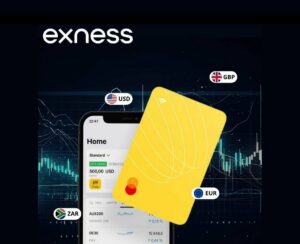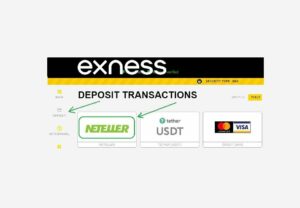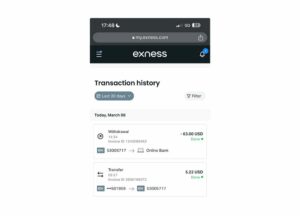Leverage in Exness is a crucial element in forex and CFD trading, allowing traders to control larger positions with less capital. Exness offers some of the most competitive leverage options in the industry, suitable for both beginners and professionals. This guide will explore the leverage structure at Exness, the instruments it applies to, and how it varies by account type, trading volume, and regulatory constraints.
Understanding Leverage in Forex and CFD Trading
Leverage enables traders to manage larger positions with a smaller initial investment. For example, with a leverage of 1:100, a trader can control a $10,000 position by investing only $100. While leverage can amplify profits, it also increases the potential for losses, making effective risk management essential.
At Exness, leverage ranges from conservative levels to a remarkable 1:Unlimited, depending on the account type, instrument, and trader eligibility. This flexibility sets Exness apart in the competitive landscape of trading.
Exness’s Leverage Structure and Account Types
Exness offers five primary account types, each with its own leverage limits and benefits designed for different types of traders.
- Standard Accounts: Ideal for beginners, these accounts provide unlimited leverage on forex and metals, with spreads starting from 0.3 pips, making them cost-effective and accessible for new traders.
- Pro Accounts: Tailored for more experienced traders, Pro accounts offer leverage of up to 1:2000. These accounts come with faster execution and tighter spreads for more efficient trading.
- Raw Spread and Zero Accounts: These professional accounts prioritize cost-efficiency, offering leverage up to 1:2000 and spreads as low as 0.0 pips, making them perfect for scalpers and day traders.
- Standard Cent Accounts: Designed for beginners, these accounts offer unlimited leverage and are suited for those who want to practice trading strategies with minimal capital exposure.
Exness’s leverage options are tailored to meet the needs of traders at all levels, providing the flexibility and control required for various trading strategies.
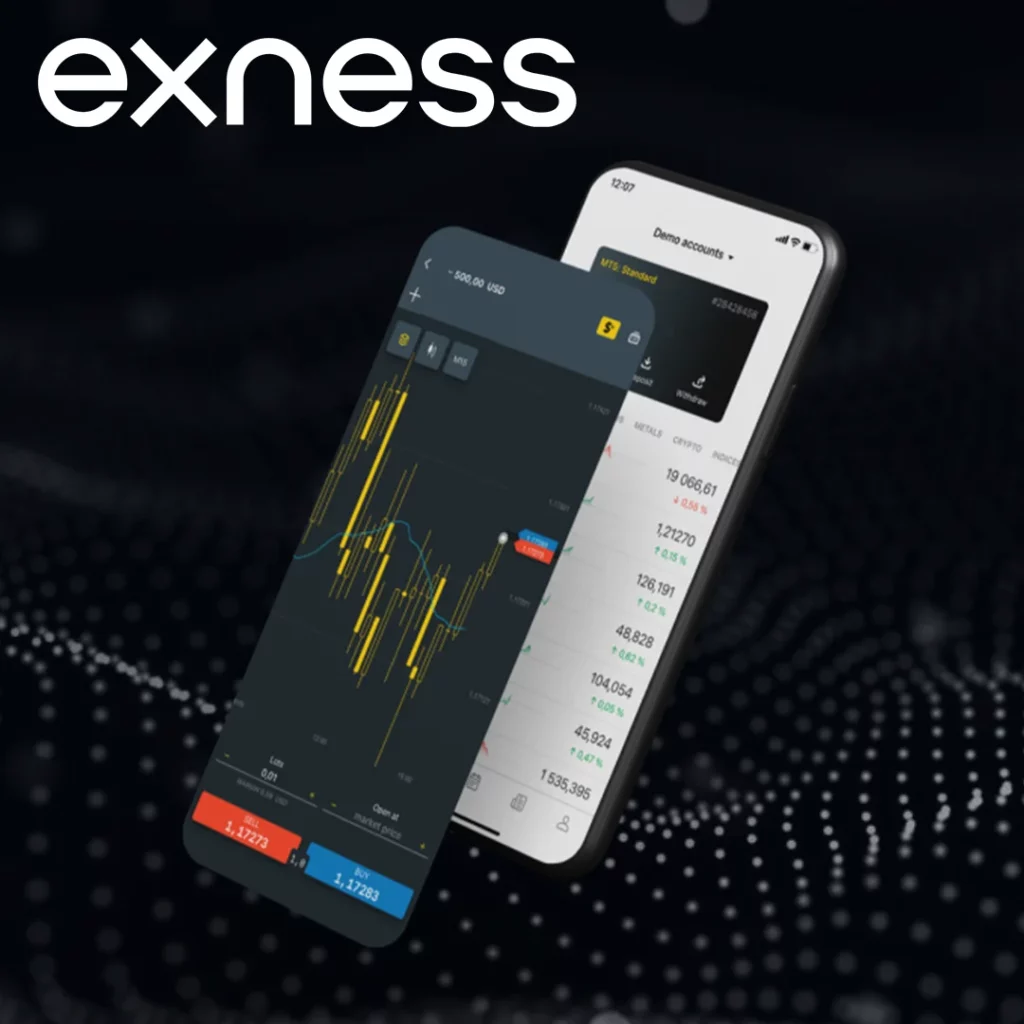
Instrument-Specific Leverage at Exness
Exness offers leverage that varies depending on the type of asset being traded. This provides a competitive advantage while maintaining appropriate risk control across the wide range of Exness instruments available to traders.
| Instrument Category | Maximum Leverage | Notes |
|---|---|---|
| Forex Majors | 1:Unlimited | High liquidity for higher leverage. |
| Forex Minors | 1:Unlimited | Suitable for diverse forex strategies. |
| Forex Exotics | 1:2000 | More volatile than majors. |
| Metals | 1:2000 | Includes gold, silver, platinum. |
| Cryptocurrencies | 1:100 | Controlled due to high volatility. |
| Energies | 1:200 | Leverage based on commodity markets. |
| Stocks | 1:20 | Stable stock trading. |
| Indices | 1:100 | Provides exposure to major indices. |
Unlimited Leverage at Exness
Exness was the first to offer unlimited leverage, a revolutionary feature that allows traders to open larger positions with minimal margin requirements. This is especially beneficial for high-frequency traders, scalpers, and traders focused on liquid forex markets.
Key Features of Unlimited Leverage:
- Availability: Open to traders using Standard and Standard Cent accounts.
- Dynamic Adjustment: Adjusts based on account balance, especially for accounts below $1,000.
- Best For: Ideal for short-term trading strategies and experienced traders familiar with high-risk markets.
This flexibility makes Exness a powerful platform for traders who need the freedom to manage large positions without worrying about margin limitations.
How Leverage Changes Based on Account Balance
Exness follows a flexible leverage model where the leverage decreases as the trader’s account balance grows, ensuring protection for both the trader and the broker from excessive risk. Here’s how leverage varies based on your account balance:
- Below $1,000: Maximum leverage of 1:Unlimited
- $1,000 – $10,000: Maximum leverage of 1:2000
- $10,000 – $50,000: Maximum leverage of 1:1000
- Above $50,000: Maximum leverage of 1:200
This structure encourages responsible trading while still allowing flexibility for smaller accounts.
Regional and Regulatory Leverage Limits
| Region | Leverage Limit | Regulatory Authority |
|---|---|---|
| European Union and UK | 1:30 for retail traders | ESMA (European Securities and Markets Authority) |
| Australia | 1:30 for retail clients | ASIC (Australian Securities and Investments Commission) |
| Global Markets | Higher leverage, up to unlimited | Varies by jurisdiction |
This table summarizes the leverage limits in different regions, highlighting the regulatory bodies that enforce these limits.
Benefits and Risks of High Leverage
- Increased Market Exposure: High leverage allows traders to control larger positions than their initial capital would typically permit. This magnifies potential profits, enabling traders to take advantage of even small price changes in the market.
- Example: A trader with $1,000 using 1:500 leverage can control a position worth $500,000, increasing the possibility of higher gains.
- Efficient Use of Capital: Leverage only requires a small portion of the total trade value as margin, freeing up additional capital for other investments:
- Diversify across different instruments or markets.
- Maintain a safety margin to absorb market fluctuations.
- Practical Outcome: Traders can hold multiple positions in forex, commodities, or cryptocurrencies without tying up all their available capital.
- Opportunity for Small-Capital Traders: Leverage ratios such as 1:500 or 1:2000 enable traders with smaller accounts to engage in larger market movements that they wouldn’t be able to access otherwise. This opens up opportunities for traders starting with modest funds to benefit from major market trends.
- Maximizing Short-Term Gains: In volatile markets, leverage allows traders to take advantage of rapid price movements or capitalize on news-driven volatility, without needing a significant upfront investment.
Using Leverage Responsibly at Exness: Key Strategies
Implementing a Strong Risk Management Strategy
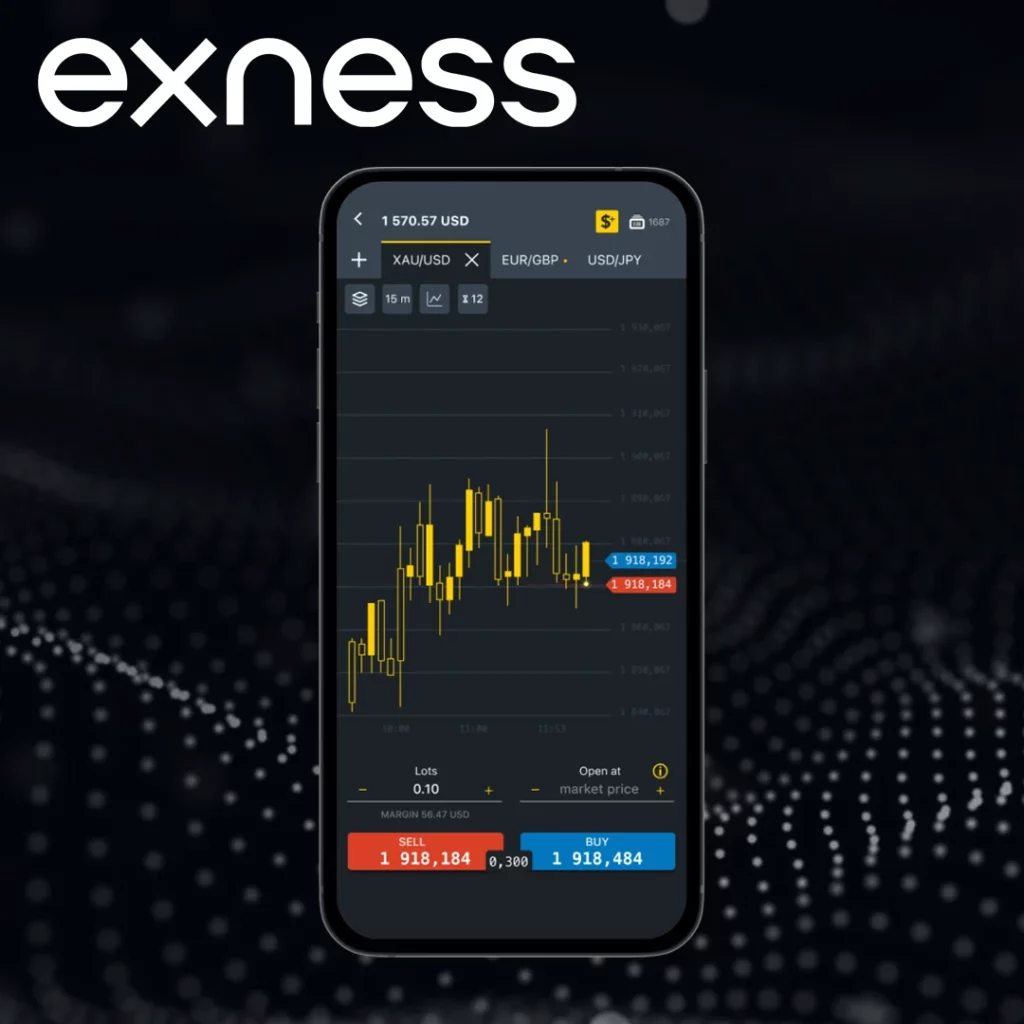
Risk management is essential for responsible trading, particularly when using high leverage. Developing a well-thought-out plan can help protect your capital and reduce the potential for significant losses. Here are key strategies to use leverage wisely at Exness:
1. Set Stop-Loss Orders
Stop-loss orders automatically close a trade if the market moves unfavorably, limiting your losses. For highly leveraged positions, setting a stop-loss order just 0.5% away from your entry price can help prevent major drawdowns in your account.
2. Use Take-Profit Orders
Take-profit orders work similarly to stop-loss orders, but they lock in profits when the market moves in your favor. By setting these orders, you ensure that you exit the trade at a predetermined level of profit, avoiding the temptation to hold on for longer than necessary.
3. Maintain a Good Risk-Reward Ratio
Aim for a favorable risk-reward ratio, such as 1:3, where potential profits are three times greater than your potential losses. This helps ensure that your profitable trades outweigh any losses over time.
4. Diversify Your Trades
Avoid putting all your capital into a single trade or asset. By spreading your positions across different markets and instruments, you reduce the overall risk to your portfolio.
Understanding Margin Requirements
Margin requirements determine the minimum amount of capital needed to open and maintain a leveraged position. Exness offers a dynamic margin system that varies by asset type and leverage used.
| Asset Type | Example | Margin Requirement | Notes |
|---|---|---|---|
| Forex | EUR/USD | 0.5% | Allows significant leverage. Example: 1:200 leverage for a $100,000 position with $500 margin. |
| Metals | XAU/USD | 1% | Higher margin due to volatility. Typically starts at 1% for gold. |
| Cryptocurrencies, Stocks, and Indices | BTC/USD | 10% or more | Higher margin due to volatility and regulations. Example: cryptocurrency pairs like BTC/USD. |
Use Smaller Lot Sizes with High Leverage
When trading with high leverage, using smaller lot sizes can significantly reduce the risk of large losses while still allowing traders to take advantage of leverage. Here’s how different lot sizes impact your risk:
- Scenario 1 (Large Lot Size):
A 1-lot position (100,000 units) on EUR/USD with 1:500 leverage requires a $200 margin. If the price moves against the position by 1%, it results in a $1,000 loss, which could wipe out a smaller account balance. - Scenario 2 (Smaller Lot Size):
A 0.1-lot position (10,000 units) on the same pair requires just $20 in margin, and a 1% adverse movement leads to only a $100 loss. This approach leaves more room for recovery and additional trades, reducing the risk of account depletion.
By using smaller lot sizes, traders can achieve greater flexibility and reduce the likelihood of significant losses, providing a safer approach to trading with leverage.
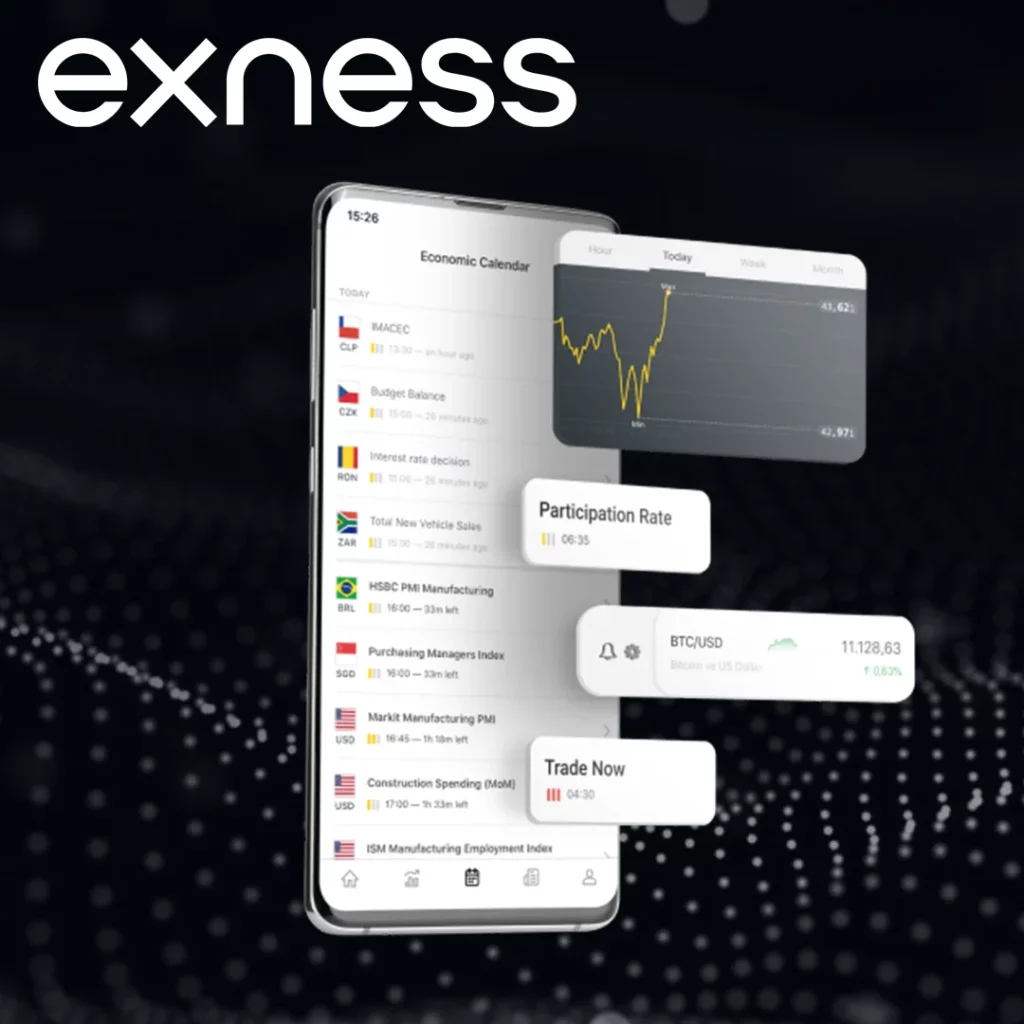
Stay Updated on Market Conditions
Here’s the information from the previous list in a table format:
| Factor | Description |
|---|---|
| Economic News | Monitor economic calendars for key events such as interest rate decisions, inflation reports, and employment data. These events can cause sharp price movements. Also, use a Exness calculator. |
| Volatility Indicators | Use tools like Average True Range (ATR) or Bollinger Bands to assess market volatility. High volatility may require adjusting leverage to avoid large losses. |
| Market Trends | Follow the broader market trends. Trading in the direction of the trend often leads to better outcomes, while trading against it increases the risk of losses. |
Real-World Example: How Leverage Works in Trading
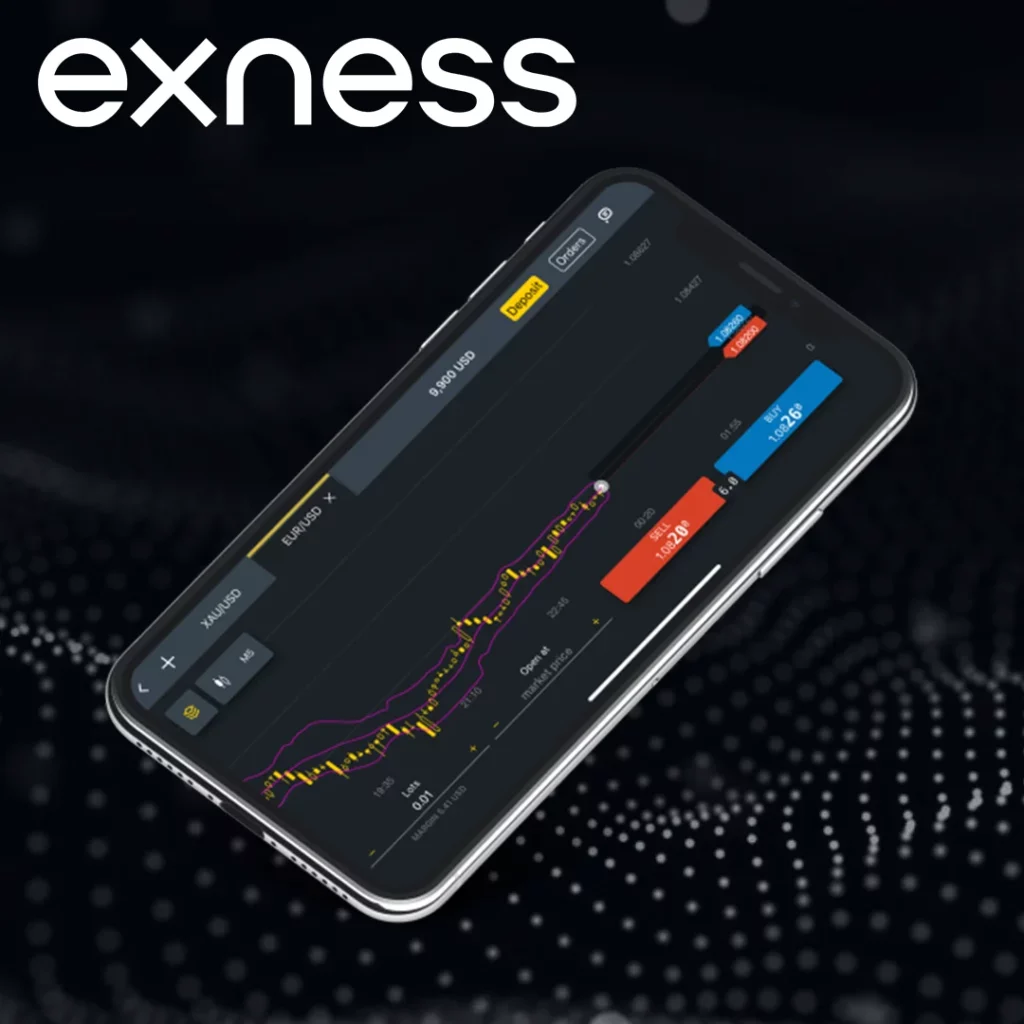
Scenario Overview
Imagine a trader with a $500 account balance who opts for a leverage ratio of 1:500 to trade EUR/USD, one of the most popular and liquid currency pairs. This leverage allows the trader to control a significantly larger position than their initial capital would otherwise allow.
Calculating the Position Size
With leverage, the trader can control a larger position. Here’s how the position size is calculated:
- Position Size:
$500 × 500 = $250,000
This means the trader controls $250,000 in the forex market, even though their actual account balance is only $500.
Margin Requirement
The margin required to open this position is calculated as follows:
- Margin Calculation:
Position Size ÷ Leverage = $250,000 ÷ 500 = $500
This means the trader’s full $500 balance is used as margin for this position, leaving no room for additional trades or to absorb potential losses.
Potential Profit or Loss
Leverage amplifies both profits and losses. Let’s see how a 1% price change in EUR/USD would affect the trader:
- Profit Calculation (1% upward movement):
If the price moves 1% in the trader’s favor, the profit would be:
$250,000 × 0.01 = $2,500
This equals a 500% return on the trader’s initial $500 investment. - Loss Calculation (1% downward movement):
If the price moves 1% against the trader, the loss would be:
$250,000 × 0.01 = $2,500
This loss is greater than the trader’s entire account balance, potentially triggering a margin call or stop-out. However, thanks to Exness’s Negative Balance Protection, the trader can’t lose more than their initial deposit.
Leverage can significantly increase both the potential for profit and the risk of loss, making it essential for traders to use it cautiously and with proper risk management.
Additional Considerations in Leverage Trading
Free Margin and Risk
Since the trader’s entire $500 balance is used as margin, there is no free margin left to absorb even small market movements. A 0.2% market drop (or $500) would trigger a margin call, requiring additional funds to maintain the position.
Impact of Volatility
The forex market can experience sudden price shifts, influenced by economic events, central bank decisions, or geopolitical factors. High-leverage positions are especially sensitive to these fluctuations and can result in significant losses quickly.
Alternative Strategy
To minimize risk, the trader could choose a smaller position, such as 0.5 lots (50,000 units), instead of 1 lot (100,000 units). This reduces the margin requirement to $250, leaving $250 in free margin as a buffer against market fluctuations.
Key Takeaways
Leverage can amplify profits, but it also increases the risk of large losses, potentially wiping out the entire account balance during volatile market conditions.
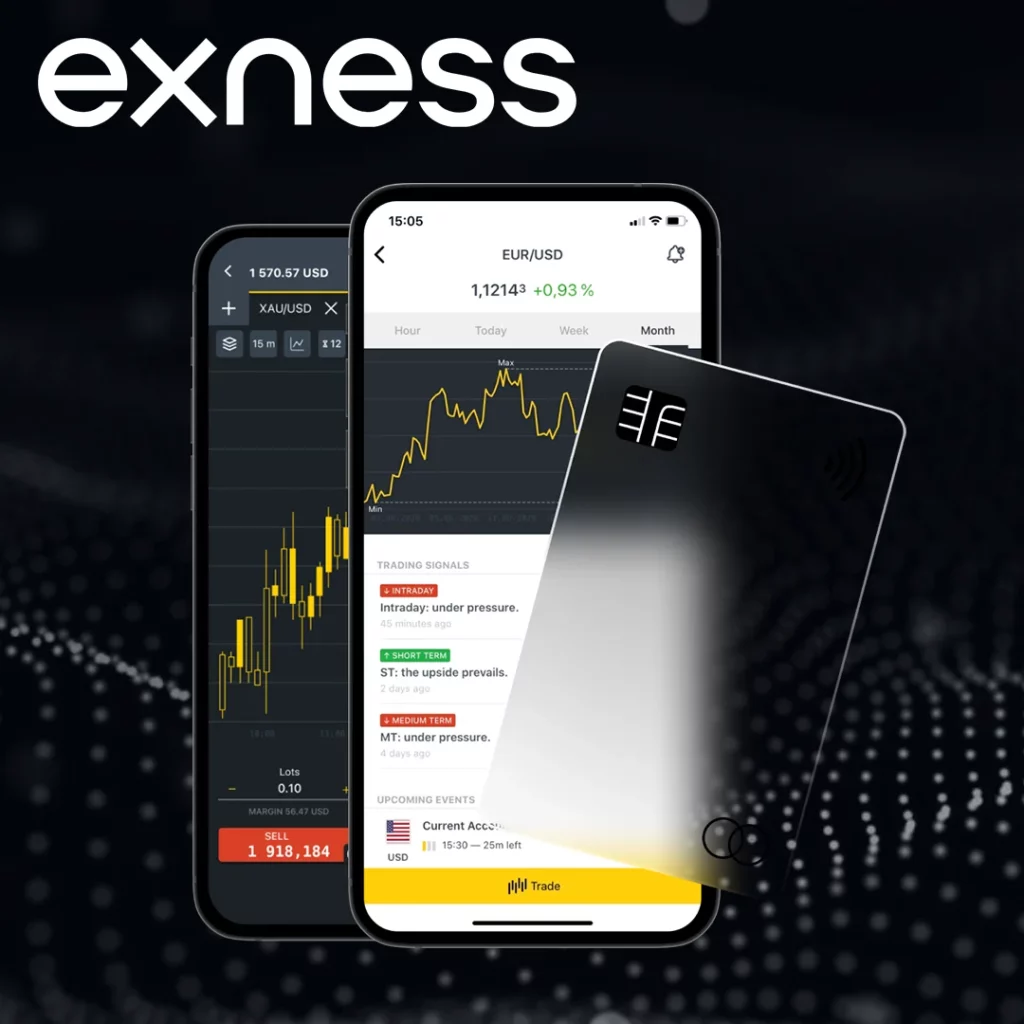
Key Risk Management Tips
- Stop-Loss Orders: Use stop-loss orders to limit potential losses.
- Margin Use: Avoid using the full balance as margin to maintain free margin and reduce the risk of margin calls.
- Leverage Selection: Choose leverage that aligns with your risk tolerance and trading strategy.
- Position Sizing: Ensure positions are sized appropriately based on your account balance and margin requirements.
Conclusion: Leverage as a Powerful Trading Tool
Exness broker offers a flexible leverage structure that caters to traders of all levels—whether you’re a beginner testing low-risk strategies or an experienced trader handling high-frequency trades. The option of unlimited leverage, combined with the ability to adjust leverage based on your account type, makes Exness an appealing choice globally. However, leveraging requires a responsible approach, and it’s crucial to understand how to use it effectively.

Trade with trusted broker Exness today
See for yourself why Exness is the preferred broker of over 800,000 traders and 64,000 partners.
FAQ
What is high leverage in trading?
High leverage enables traders to control larger positions than their account balance would normally allow by borrowing funds from the broker. While this increases the potential for profits, it also amplifies the associated risks.

